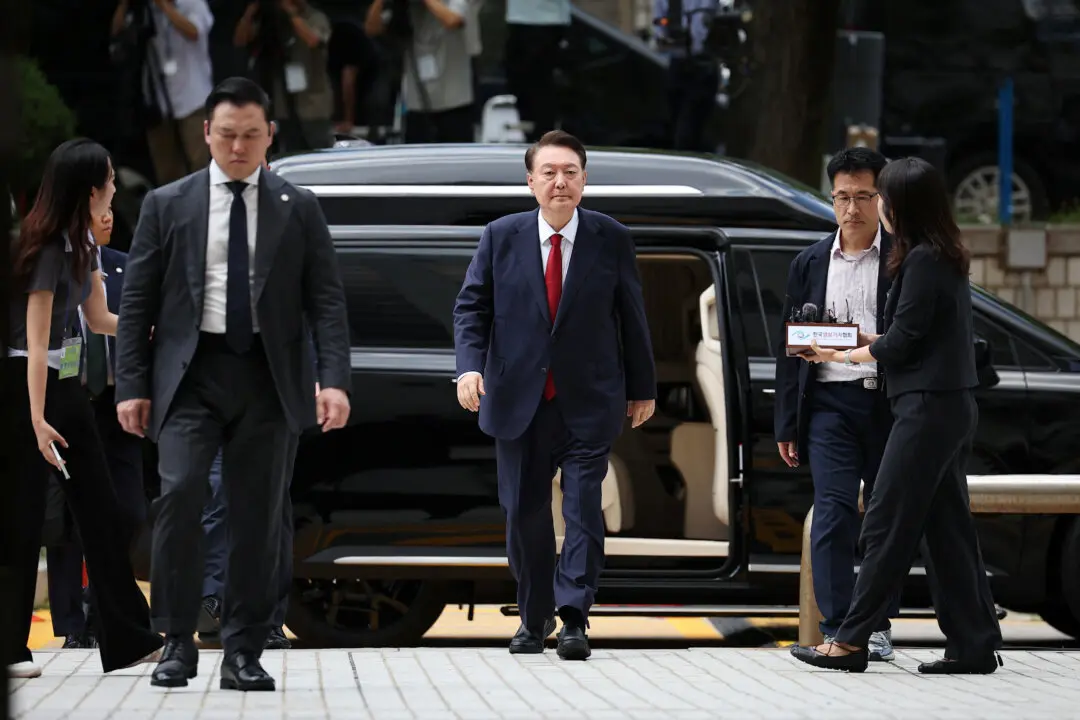WASHINGTON—Talks between Canada and the United States intensified on Aug. 30 as the two countries pushed to hammer out a deal on a revamped North American Free Trade Agreement by an Aug. 31 deadline, with both sides upbeat about the progress made so far.
Despite some contentious issues still on the table, the increasingly positive tone contrasted with U.S. President Donald Trump’s harsh criticism of Canada in recent weeks, raising hopes that the year-long talks will conclude soon with a trilateral agreement.





